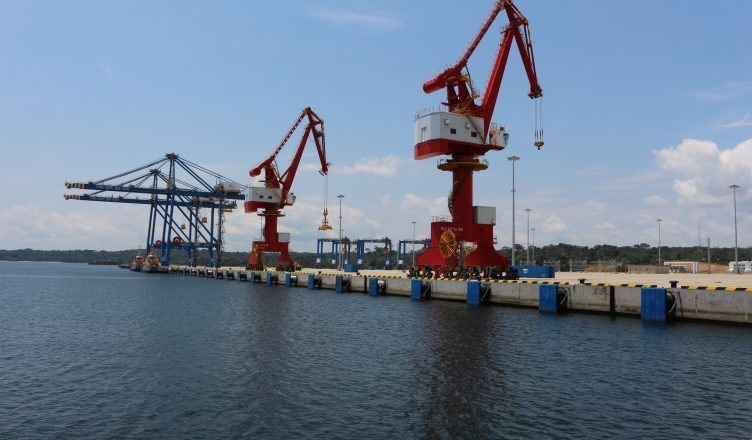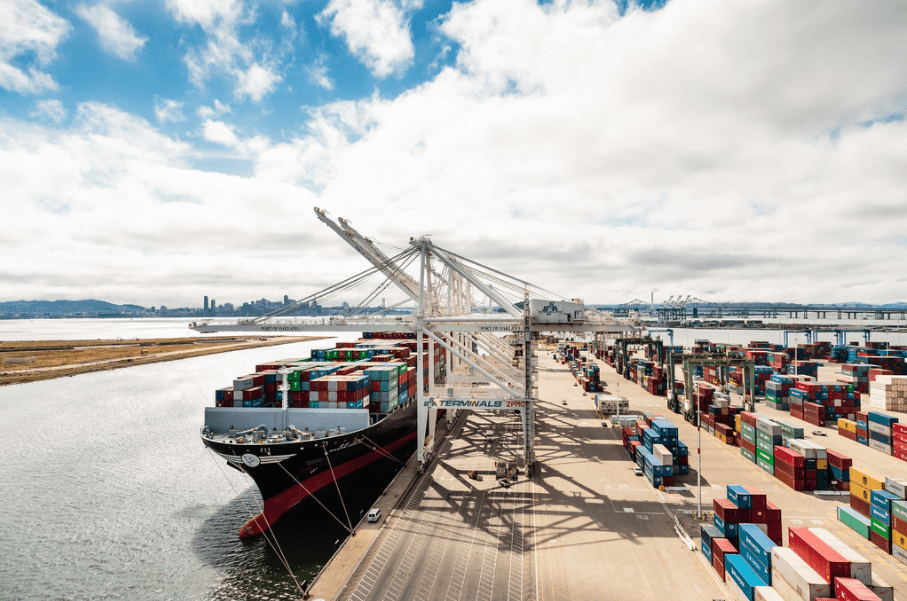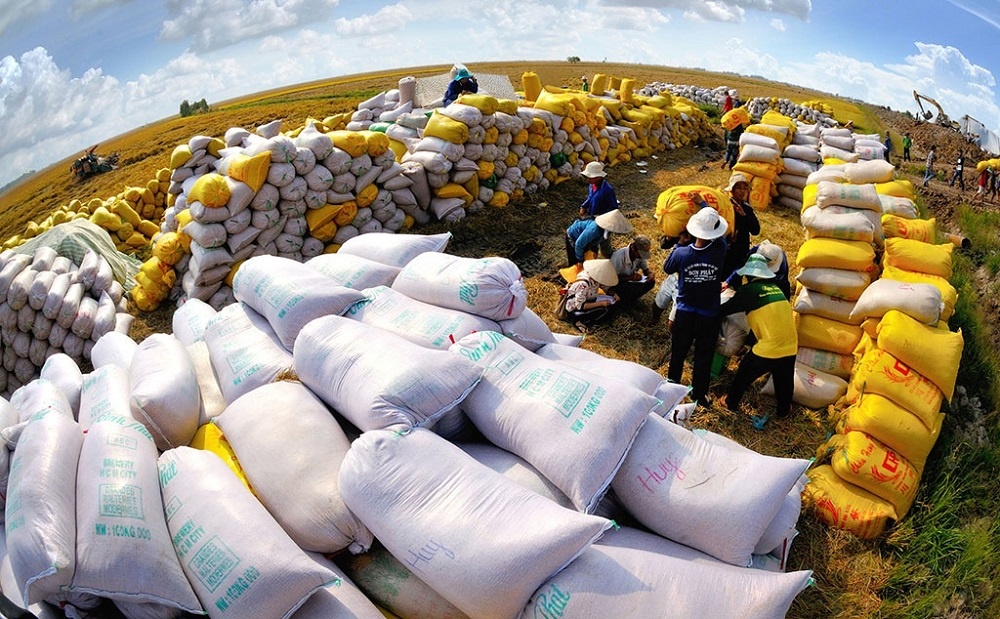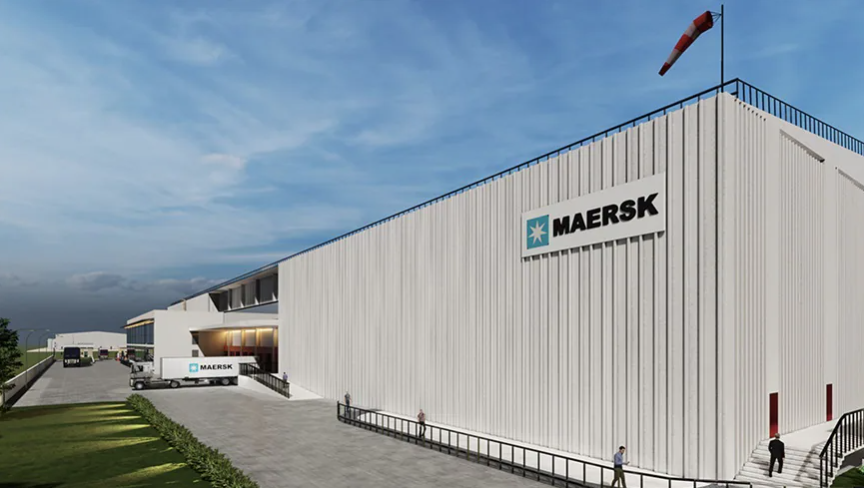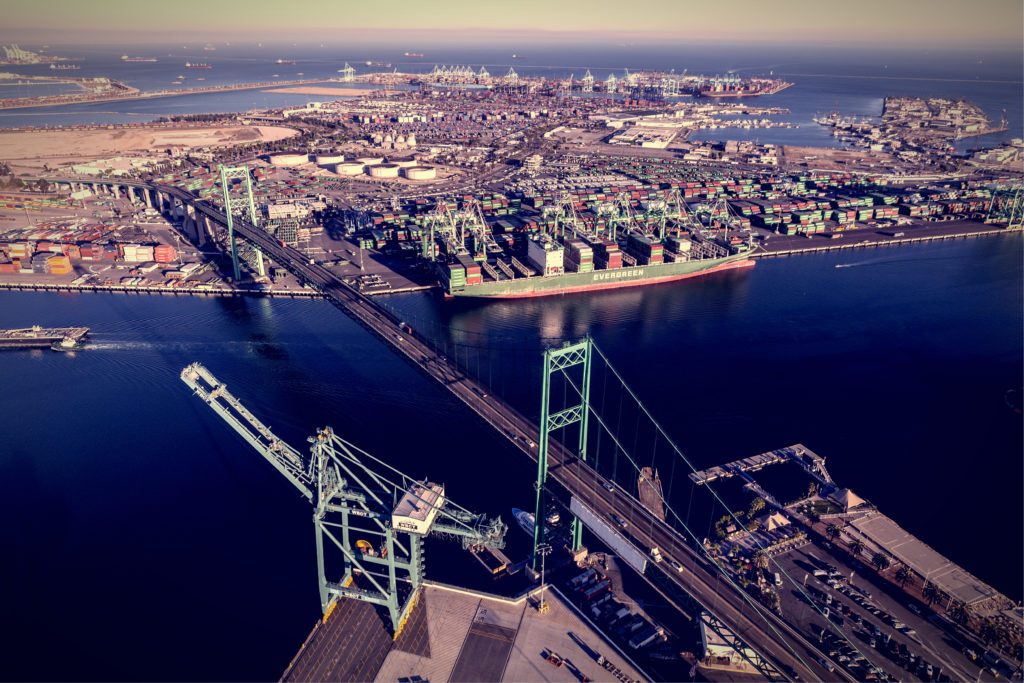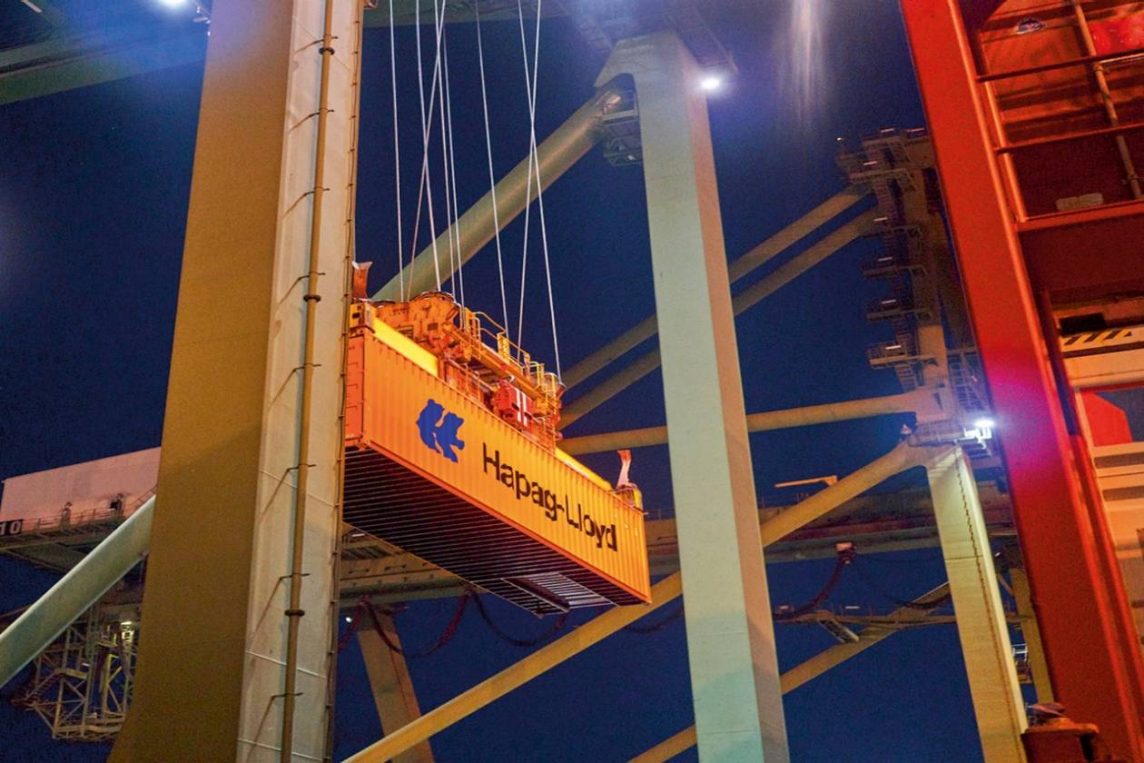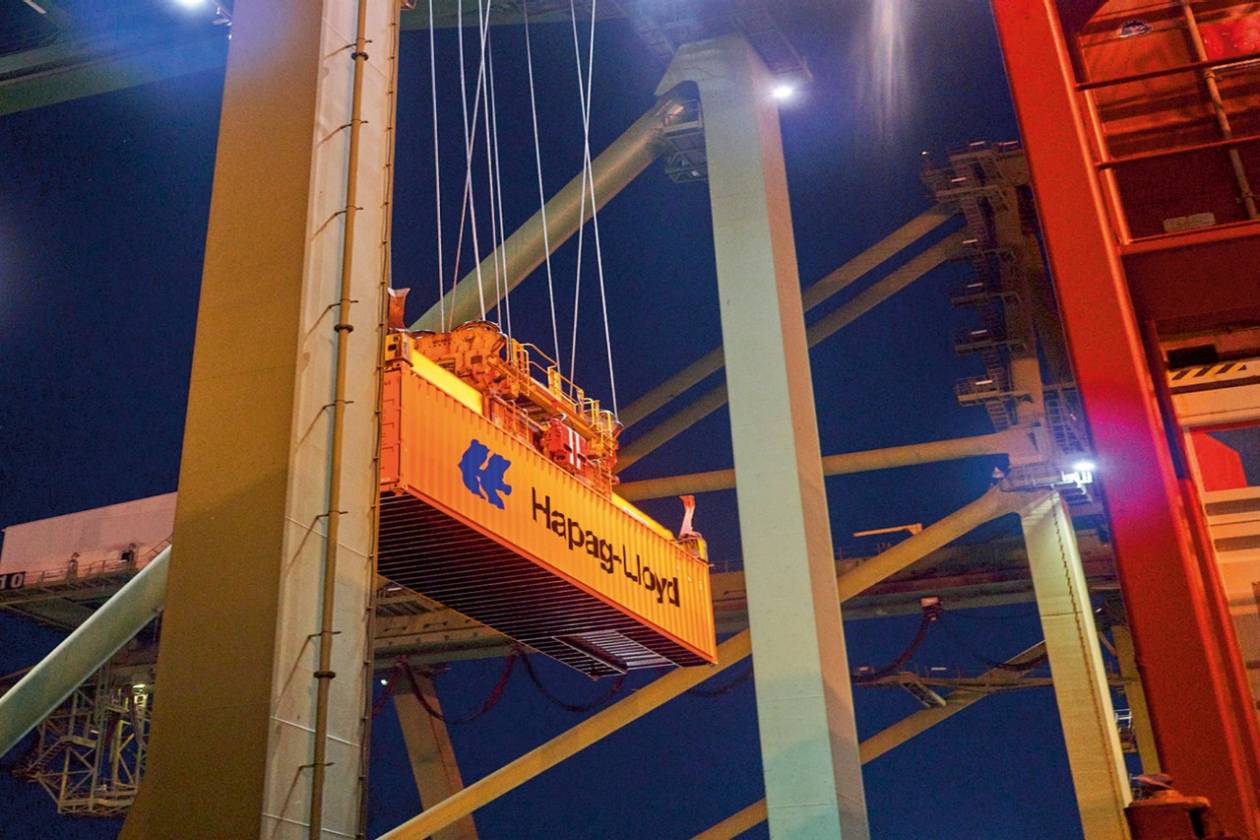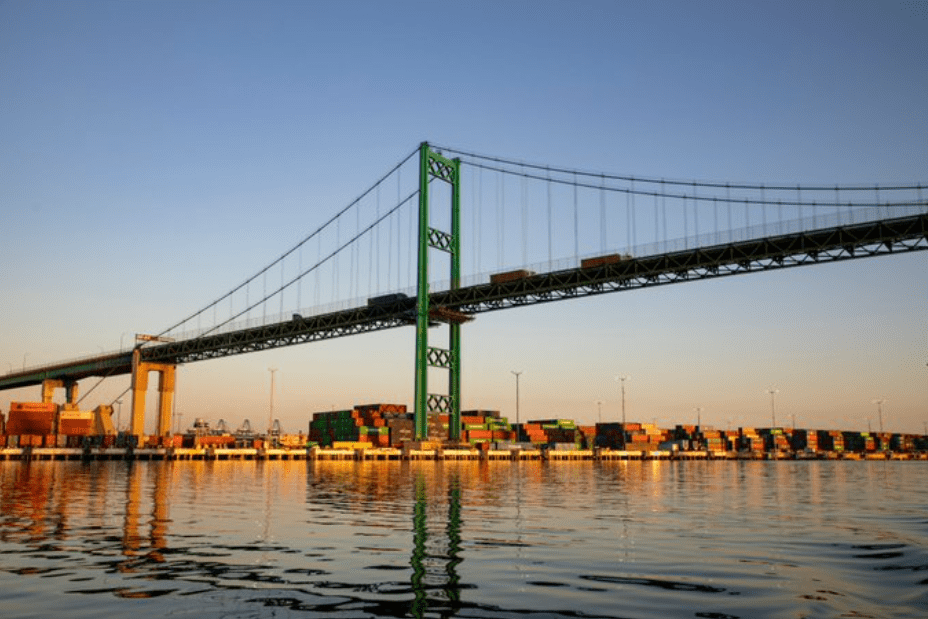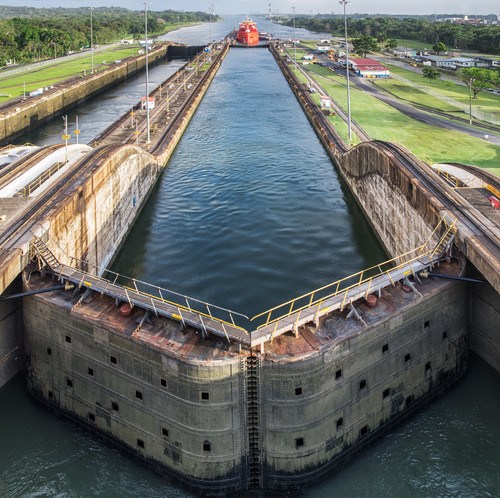
Panama Canal’s overall transit trends are down by 42% year-on-year in December, but container shipping is seeing a rise in transits as other vessel types divert from the waterway.
In its latest report on the Panama Canal this week, Drewry Shipping Consultants reports that December 2023 transits fell by 25% to 746 transits compared to October, and that was a year-on-year decline of 42%, from 1,281 vessels in December 2022.
However, a closer look at the figures reveals that container vessels have increased the number of transits by 5% to 30.6%, in December, compared to October figures.
Drewry consultant Simon Heaney said, “I suspect that with daily transits being increased we will continue to see containerships taking a bigger slice of the smaller Panama pie, with average daily numbers comparable to what they are now, perhaps a little higher.”
Overall vessel numbers were expected to fall further this year after the Panama Canal Authority (ACP) said in December that it would reduce transits in January and February to 20 and 18 daily, but following some heavy rains the ACP reversed its decision.
Instead, it will increase the numbers to 24/day, offering some respite to carriers, but this remains well below the 34-40 transits/day averaged in 2022, but when looked at by sector, the largest decreases have come in the dry bulk and LPG sectors allowing boxships to increase their daily transits.
“Effectively, container ships are finding it easier to reserve slots as some other sectors (most obviously dry bulk) continue to vacate the route, even if carriers would like more,” writes Heaney.
According to Drewry, average container ship transits were calculated at 7.7 and 7.6/day in the financial years 2022 and 2023 respectively. The ACP’s financial year runs from October to September.
In the current financial year, November and December figures show container vessels’ daily transit rates were just a little below average at 7.4/day but had fallen by one per day on October’s average of 8.4/day.
Prior to the Red Sea crisis, THE Alliance had announced that it would divert three Asia-USEC services it is unclear at this time whether these services have been reinstated, although according to the ONE, at least two of its USEC services are using the Panama Canal.
Even so, actual number of containers carried may still be below the optimum levels as draught restrictions in the locks remain in place.
Panama’s neo-panamax locks have maximum draughts of up to 13.4m, down from 15.25m under pre-drought conditions, while the panamax locks have no draught limitations from the 12m cap.
Drewry estimates that container ships “lose approximately 350 TEUs capacity for every foot [0.3m] of lost draught. For the biggest containerships able to sail through the Neo-panamax locks this could reduce the payload by around 2,000 TEUs.”
Source: Container News




